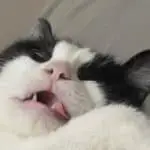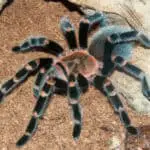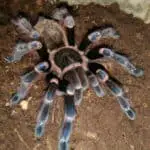Delving into the mysterious world of felines, a pivotal study in “Behavioural Processes” unveils a fascinating aspect: cats have 26 facial movements that combine into 276 expressions.
This discovery is revolutionary for cat enthusiasts and researchers, offering a deeper understanding of cat communication. This knowledge transcends mere observation, enabling a profound connection with our feline companions.
It’s not just about deciphering their moods; it’s about deepening our bond, becoming attuned to their needs and emotions. For cat owners, this study is more than academic intrigue; it’s a valuable tool to enhance caregiving and forge stronger relationships with their beloved pets.
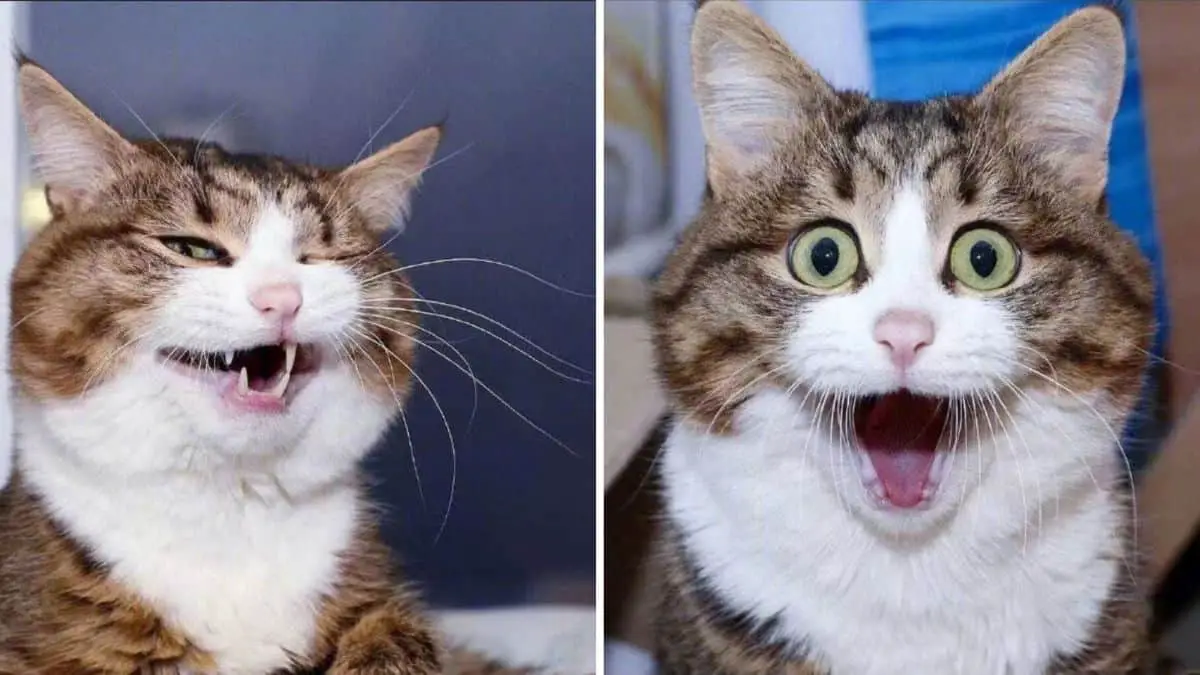
Of the 276 feline facial expressions:
- 45 percent were friendly expressions
- 37 percent indicated aggression
- 18 percent were ambiguous
Understanding Cats’ Facial Expressions
Cats, known for their elusive behavior, have a complex facial communication system. A recent study conducted by researchers sheds light on the fascinating world of feline expressions. They discovered that cats have around 276 distinct facial expressions, which they use to interact with each other and their human companions.

A cat’s facial expressions are primarily driven by subtle changes in their ears, eyes, lips, and whiskers. The study observed that ear position plays a significant role in conveying emotions. For instance, when a cat’s ears are relaxed and facing forward, it indicates contentment. On the other hand, flat or pinned back ears could signify fear or aggression.
The eyes are equally expressive, with changes in pupil size and eye contact reflecting their internal feelings. A friendly feline may have softly dilated pupils, while constricted pupils could be a sign of focus or agitation. Prolonged eye contact can be interpreted as a challenge or threat, while gentle slow blinking indicates trust and affection.
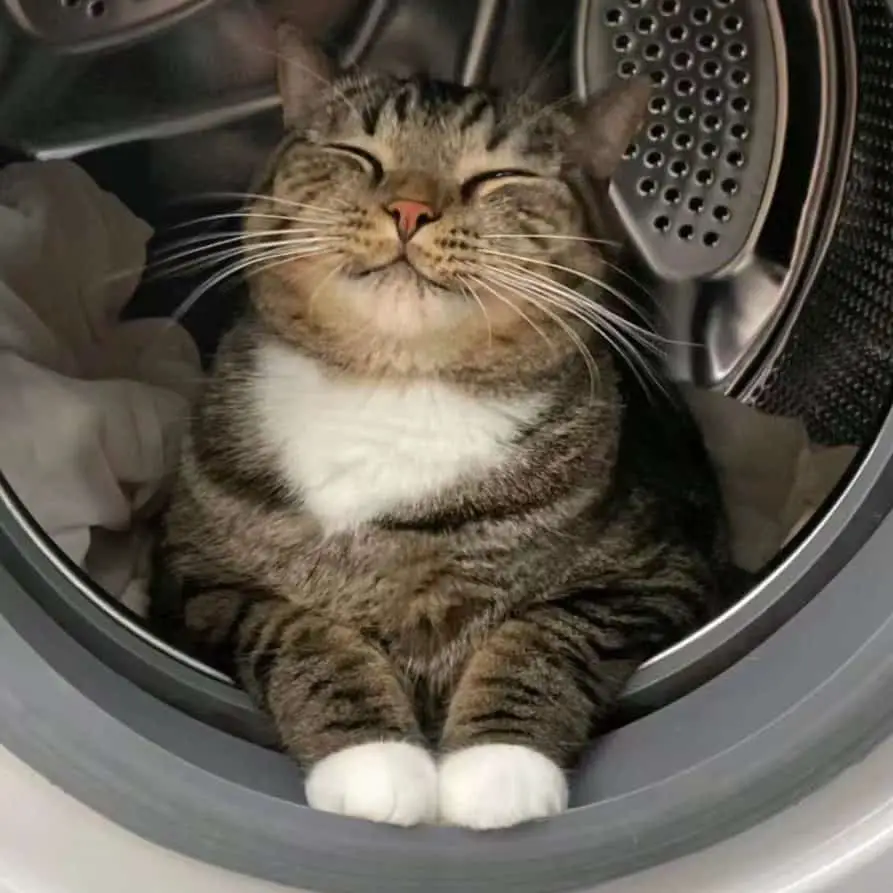
Whiskers also provide essential clues for decoding a cat’s emotional state. Relaxed, forward-facing whiskers suggest a calm and happy demeanor. Conversely, whiskers that are pulled back tightly against their face usually indicate stress or anxiety.
Facial muscle movements further add to the complexity of cat expressions. As communication cues, these intricate facial movements allow cats to convey various emotions. For example, a slightly open mouth with lips pulled back might signal a feeling of surprise while a tight mouth and compressed lips could mean frustration.

The interaction between cats and their environment provides valuable insight into how they use facial signals to communicate. Understanding these unique facial movements allows us to decipher their emotional and physical needs, allowing us to foster a stronger bond with our beloved feline companions.
It’s essential to pay attention to these cues and respond accordingly, as it helps create an environment of trust and empathy between cats and humans. While humans are only beginning to grasp the complexity of cats’ facial expressions, continued research and observation promise to deepen our understanding of these enigmatic creatures.
Role of Evolution in Cats’ Facial Expressions
Evolutionary Perspective
From an evolutionary perspective, the development of facial expressions in cats can be traced back to their wild ancestors. These early felines needed to communicate with each other for survival, which often involved conveying subtle signals through facial movements. Over time, this form of communication has become more sophisticated, resulting in a wide array of facial expressions observed in today’s domestic cats.
A recent study found that domesticated cats have as many as 276 distinct facial expressions, an impressive number when compared to other animals. This ability to express themselves is essential for their interactions with both their own species and their human companions.

Interaction with Humans
Cats’ facial expressions play a significant role in their interaction with humans, especially since their domestication started thousands of years ago. Domesticated cats have adapted their communication skills to better understand and be understood by humans. In addition to vocalizations like purring or meowing, cats convey a wealth of information through their facial expressions.
- Parted lips: indicate relaxation and contentment
- Dilated or constricted pupils: reflect emotional states, such as fear or excitement
- Blinking: a sign of trust and affection between the cat and its human companion
- Curled corners of the mouth: can signal aggression or playfulness
It’s important to note that while some facial expressions are specific to domestic cats, others are also found in feral cat colonies. These expressions serve as a means of communication within the colony for essential purposes like mating and territory management.
In conclusion, domesticated cats have evolved to develop facial expressions that aid not only in their survival but also in their successful integration into human society. Understanding and interpreting cats’ facial cues can lead to an enhanced connection and improved relationships between cats and their human companions.

Research on Cats’ Facial Expressions
Studies and Findings
In a recent study published in the journal Behavioural Processes, researchers discovered that cats have a remarkable range of facial expressions. The study identified 276 distinct facial expressions cats make when interacting with one another. This finding challenges the popular belief that felines are difficult to read.
The study, led by Brittany Florkiewicz from Lyon College, involved observing and analyzing the facial expressions of domesticated short-haired cats. This Behavioural Processes study utilized a coding system called FACS (Facial Action Coding System), originally developed for humans. The researchers adapted this framework for cats, resulting in CatFACS.
The team analyzed video footage of domestic shorthairs, employing YouTube and other sources to collect a diverse and significant sample size. This research made use of cutting-edge technology to examine the cats’ facial expressions in detail.
Role of Technology
Modern technology played a crucial role in this study. The use of high-resolution video footage allowed the researchers to observe subtle changes in the cats’ expressions. They examined indicators such as:
- Pupil size: Enlarged or constricted pupils indicated varying emotional states.
- Ear position: Cats’ ears generally point forward when they are relaxed and interested, but they may rotate or flatten when the cat is agitated.
- Whisker movement: The position of whiskers can suggest a cat’s mood or intent.
The study included collaborative efforts from the University of California, Davis, and the University of California, Los Angeles. These institutions’ expertise significantly contributed to the identification of cats’ remarkably varied facial expressions.
Although focused on domesticated animals, findings from this research can potentially enhance our understanding of body language in both domesticated and wild feline species. This study is particularly relevant in today’s digital age, with platforms like CNN and YouTube providing easy access to extensive feline footage, enabling researchers and cat enthusiasts alike to study and appreciate the complexities of cats’ facial expressions.
Interpreting Cats’ Facial Expressions
Cats are known for their mysterious and complex behaviors, which can make it challenging for their human companions to understand their emotions. By learning to interpret their facial expressions, we can gain insight into their emotions and intentions.
Friendly and Aggressive Signs
Cats display various facial expressions to convey their emotions, ranging from friendly to aggressive. Here are some common traits associated with friendly and aggressive expressions:
Friendly:
- Relaxed ears
- Slightly constricted pupils
- Slow blinks
- Whiskers pointed forward
- Mouth closed or slightly open
Aggressive:
- Flattened ears
- Dilated pupils
- Hissing or growling
- Whiskers pulled back
- Open mouth, showing teeth
It is important to observe patterns in your cat’s behavior and social interactions to better understand their emotions.
Ambiguous Expressions
Cats can also display ambiguous expressions that may be harder to decipher. Some examples include:
- Aloofness: Cats may display an aloof expression with their ears slightly back or to the side. This can indicate that they might be feeling uncertain or cautious.
- Tolerance: A cat might tolerate another animal or human interaction but not necessarily enjoy it. You may notice slightly flattened ears and a motionless stare in this situation.
- Meowing: A cat’s meow can range from friendly to demanding. Pay attention to the tone, pitch, and other behaviors accompanying the meow to get a clearer idea of your cat’s intentions.
Facial Expression in Different Cat Populations
It is important to note that facial expressions may vary among different cat populations. Factors like breed, temperament, and environmental factors can influence the ways in which cats display their emotions. While the information provided here offers a general understanding of common cat facial expressions, it is always best to get to know your cat’s individual personality and behaviors.
Practical Applications of Interpreting Cat Facial Expressions
For Cat Owners and Cat Whisperers
Understanding cat facial expressions can greatly benefit cat owners and cat whisperers alike. By properly interpreting their pet’s emotions, owners can create a stronger bond with them and attend to their needs more effectively.
For example, noticing the play face, where a cat’s eyes are wide open, and their mouth is slightly open, indicates that a cat is in a playful mood. By engaging in playtime, owners can enrich their pet’s well-being and strengthen their bond. Similarly, recognizing a content facial expression, such as half-closed eyes, a slow blink, and relaxed ears, can indicate that a cat is comfortable and happy in their current environment.
In multi-cat homes, recognizing facial expressions can help owners prevent conflict or tension between their pets. Knowing when one is feeling threatened or irritated by monitoring their ear, eye, and whisker position can help a cat owner intervene or defuse the situation.
Animal shelters and cat cafés, places where people can interact with cats for adoption, can benefit from understanding feline expressions. By offering interactive quizzes or educational material on cat facial expressions, both staff and potential adopters can understand the cats better, leading to higher adoption rates and successful adoptions.
For Animal Welfare
Animal welfare organizations can also benefit from understanding cat facial expressions. Being able to identify and interpret these expressions can improve the quality of care provided to pet cats and feline residents in shelters.
It can be helpful in identifying behavioral problems or underlying health issues in cats up for adoption. Observing their reactions to various stimuli can indicate what kind of home environment would be most suitable for them.
Lastly, promoting awareness of feline expressions can have a widespread impact on cat welfare. Sharing cat videos and educational materials on this subject can help raise public awareness of cat communication and, in turn, lead to a better understanding of these animals, potentially reducing the number of abandoned or mistreated cats.

